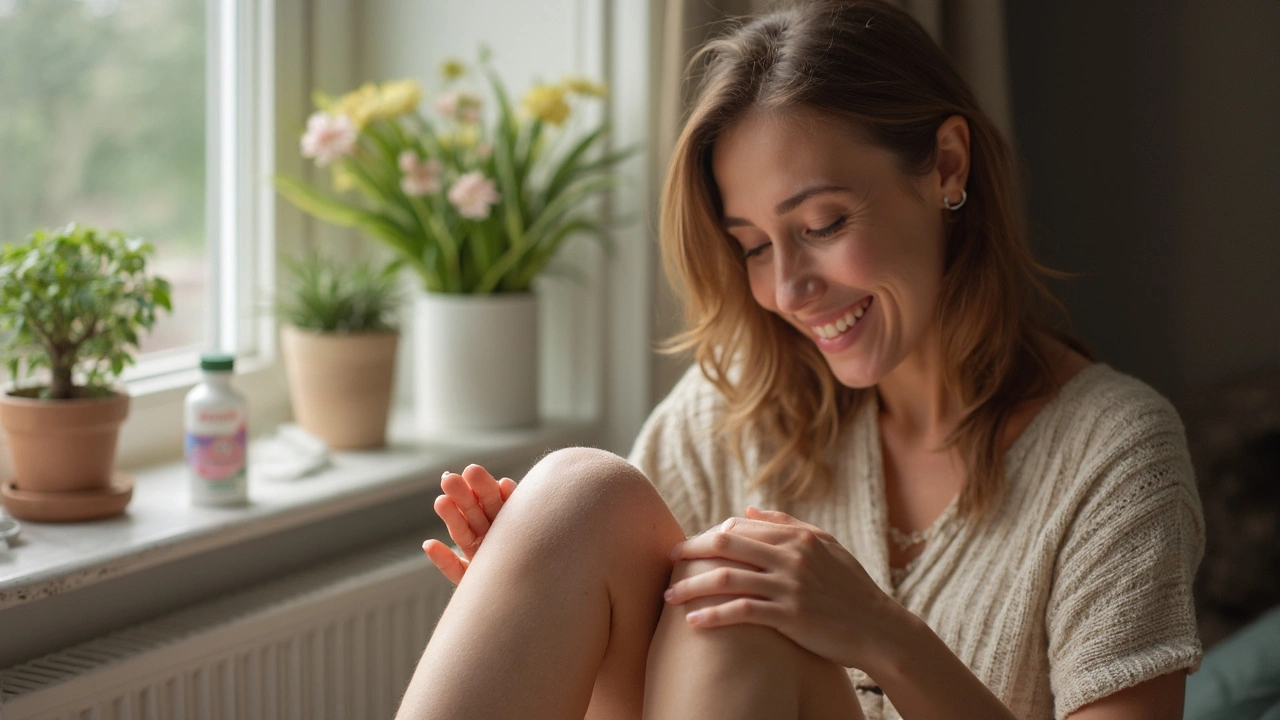Athlete's Foot: What You Need to Know to Beat It
Ever had itchy, flaky skin between your toes that just won't quit? That’s likely athlete's foot, a common fungal problem that affects many people worldwide. It thrives in warm, moist places, like sweaty shoes or locker rooms, making it easy to catch if you’re not careful.
This infection typically causes itching, redness, and peeling skin, especially between the toes. Sometimes, it might crack or blister, which can be painful or lead to other infections if left untreated. Don’t ignore these signs — the sooner you treat it, the quicker you’ll get relief.
How Does Athlete’s Foot Spread?
Athlete’s foot spreads from direct contact with contaminated surfaces or through sharing shoes, socks, or towels. Places like gyms, pools, and communal showers are hotspots. Wearing tight, non-breathable shoes creates the perfect environment for the fungus to grow.
To avoid infections, keep your feet dry and clean. Change socks regularly, wear sandals in public showers, and pick shoes that let your feet breathe. If your feet sweat a lot, consider moisture-wicking socks to help.
Treatment and Practical Tips
Luckily, athlete's foot can be treated effectively with antifungal creams, sprays, or powders you can get over-the-counter. Apply the treatment as directed, usually for a couple of weeks even after symptoms improve, to make sure the fungus is gone for good.
If you notice the infection spreading, severe redness, or swelling, it’s smart to see a doctor. Sometimes a prescription medication might be needed, especially if it's a stubborn or severe case.
Also, keep your shoes and socks clean and avoid walking barefoot in public areas to stop the fungus from coming back. Good foot hygiene is your best protection.
Remember, athlete's foot might be common, but it’s also avoidable and treatable. Stay aware of your foot health and don’t let that itch keep you down.
